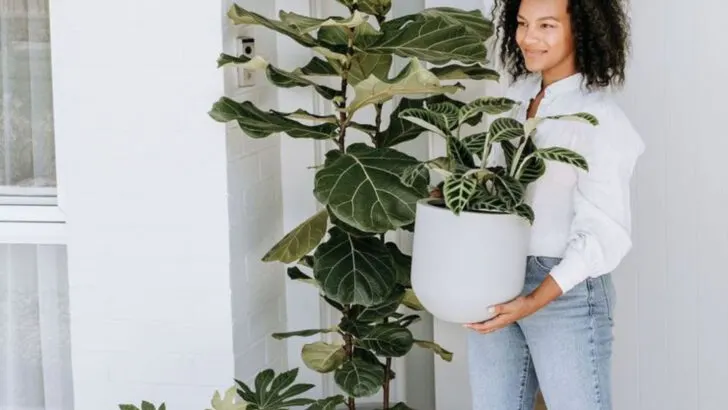We’ve all seen them—those tiny plastic tags stuck in soil telling us exactly how to care for a plant. But what if some of the best growers are the ones that don’t follow the rules? It turns out that certain plants actually do better, grow faster, and stay healthier when you bend—or even break—the instructions printed on their care tags.
That’s because plant tags often give generic advice meant to apply to a wide range of climates, not your specific conditions. In reality, some plants want more sun than they’re “supposed to” get, while others thrive with less water, tighter spaces, or even total neglect. And when you stop following the tag to the letter, these plants often respond with faster growth and fewer issues.
Whether you’re working with indoor plants, balcony pots, or a full garden, this list reveals 16 surprising species that break the rules—and reward you for it. If you’re ready to trust your instincts (and your local conditions) over the label, you might just unlock a better, bolder way to grow.
Snake Plant

Known for its resilience, the snake plant is a champion of low maintenance. Contrary to the tag’s advice on frequent watering, this plant flourishes with less attention. Whether you’re a forgetful plant parent or just busy, its adaptable nature makes it a perfect fit. Snake plants can thrive in low light, making them excellent for dim rooms. Water sparingly, and you’ll find they grow tall and sturdy. A little neglect can lead to a lush, upright display that’s both eye-catching and rewarding. Consider giving it a spot where it’s mostly left alone for optimal growth.
Pothos
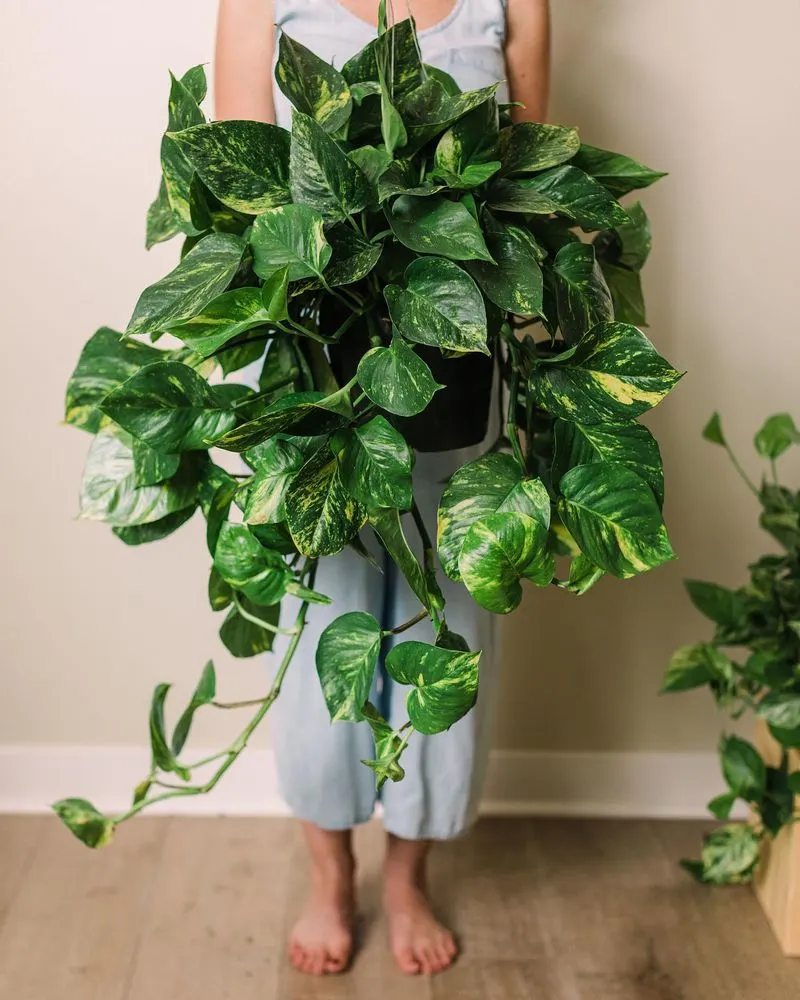
Pothos plants are the rebels of the houseplant world. They don’t adhere to strict watering schedules and can handle shade with grace. You might be tempted to follow the care guide to a tee, but pothos prefers a more relaxed approach. They thrive with irregular watering and low light conditions, making them ideal for beginners. The vines can grow long and lush with minimal care, adding an elegant touch to any room. Let them dangle from shelves or hang in pots; they’ll reward you with vibrant, variegated greenery.
ZZ Plant

ZZ plants are synonymous with simplicity and beauty. Forget the tag’s insistence on bright light; these plants are perfectly happy in low-light environments. They store water in their rhizomes, allowing them to withstand periods of neglect. This makes them a favorite among busy individuals who want greenery without the fuss. Place them in a spot with indirect light and let them do their thing. Their glossy leaves will remain vibrant even if you forget to water them occasionally, proving that less intervention can lead to robust growth.
Spider Plant
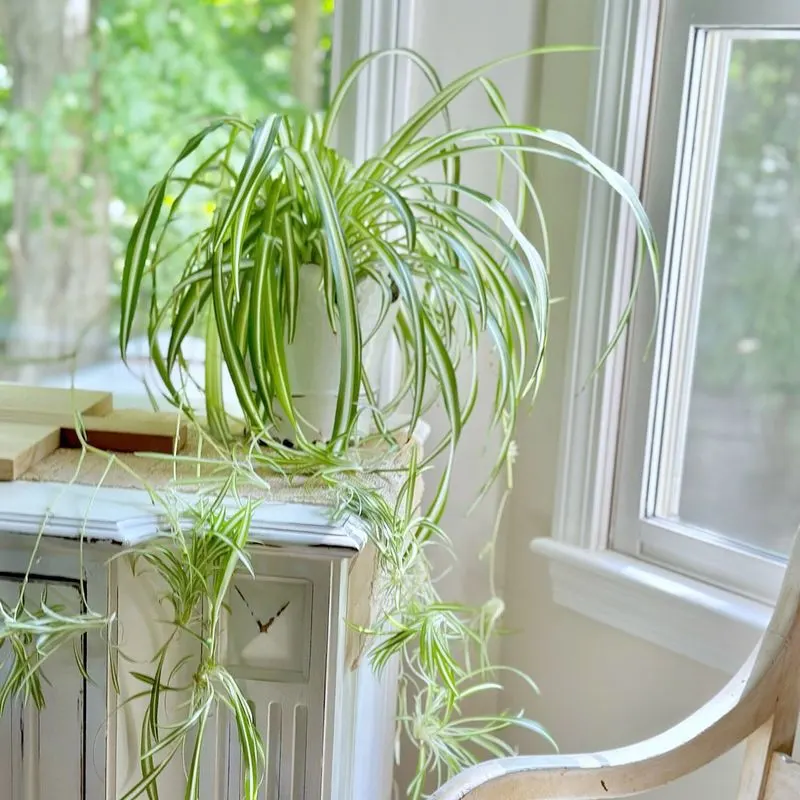
Spider plants have an uncanny ability to adapt and thrive without constant supervision. Despite what the care tag might suggest, these plants do well in indirect light and can tolerate occasional dry spells. Their arching leaves and small white flowers add a touch of elegance to any space. They’re known for producing offshoots or ‘spiderettes,’ which can be propagated easily. Give them a little water when the soil feels dry, and you’ll see them flourish. Their forgiving nature makes them a delightful addition to any plant collection.
Peace Lily
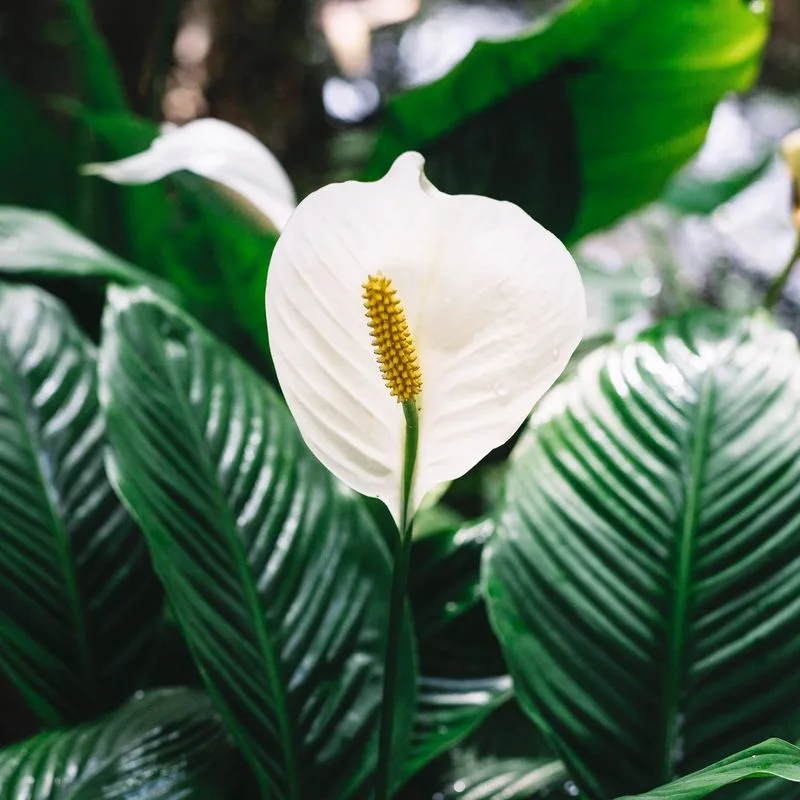
Peace lilies are the epitome of grace and resilience. While the tag might emphasize regular watering and bright light, these plants excel in less ideal conditions. They can handle low light and sporadic watering without losing their charm. Perfect for offices or homes with limited natural light, peace lilies bloom white flowers that contrast beautifully with their dark leaves. Their ability to purify the air is an added bonus. Embrace a laid-back approach, and you’ll be rewarded with a thriving, elegant plant that requires minimal upkeep.
Cast Iron Plant
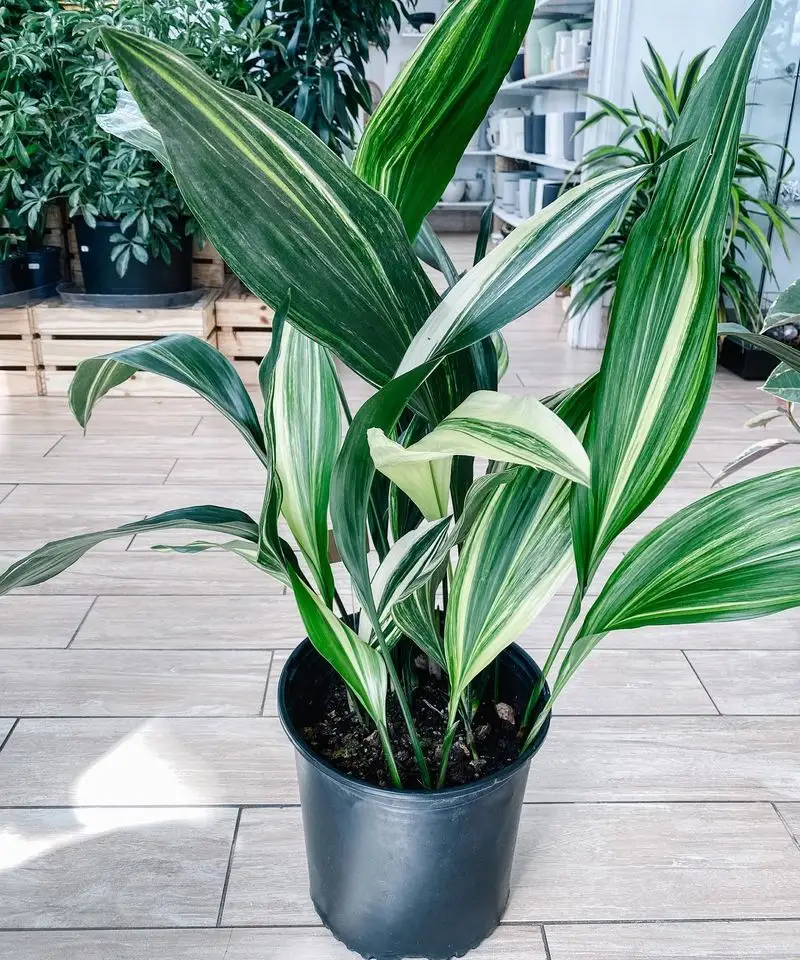
True to its name, the cast iron plant is nearly indestructible. Ignoring the usual care instructions can actually benefit its growth. It thrives in low light and doesn’t need frequent watering, making it perfect for neglected corners. With its robust, dark leaves, this plant adds a touch of greenery without demanding attention. It’s ideal for those who lack the time for intensive plant care but still want a touch of nature indoors. The cast iron plant’s durability makes it a standout choice for anyone seeking low-maintenance greenery.
Aloe Vera
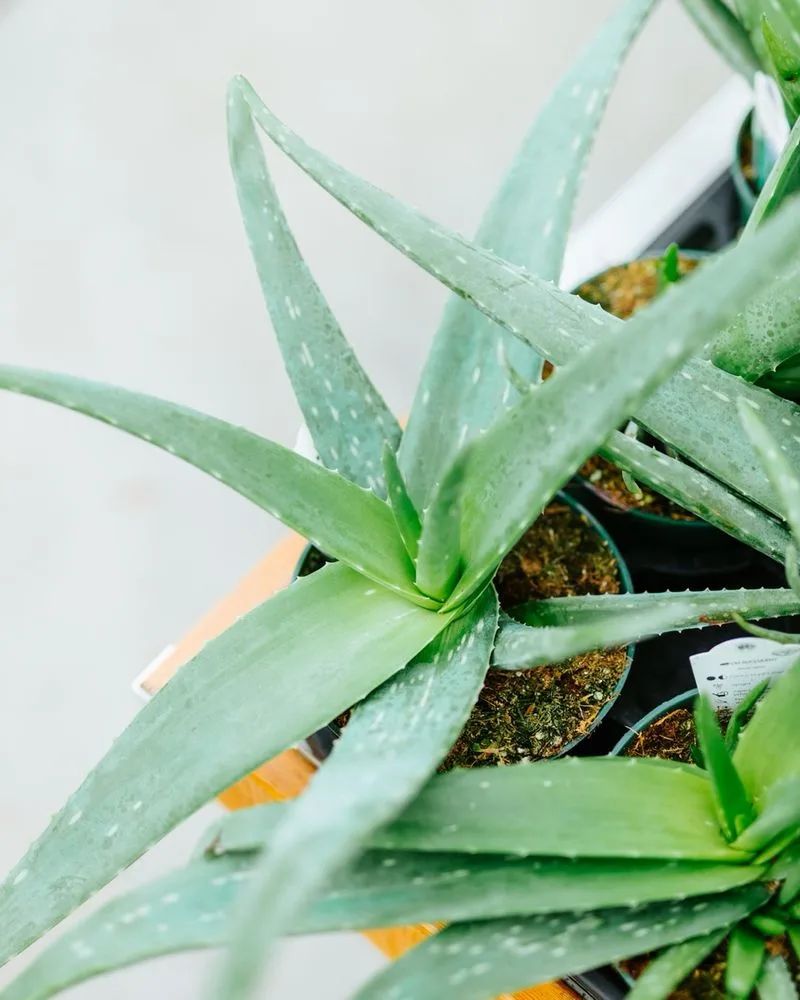
Aloe vera is more than just a soothing gel source; it’s a hardy plant that defies conventional care tips. While the label might say to water regularly, aloe vera prefers to dry out between waterings. It thrives in bright, indirect sunlight, making it a great candidate for sunny windowsills. Overwatering is one of the few ways to harm it, so err on the side of neglect. The thick, fleshy leaves store water, ensuring the plant remains healthy even during dry spells. Aloe vera offers a refreshing break from high-maintenance gardening.
English Ivy
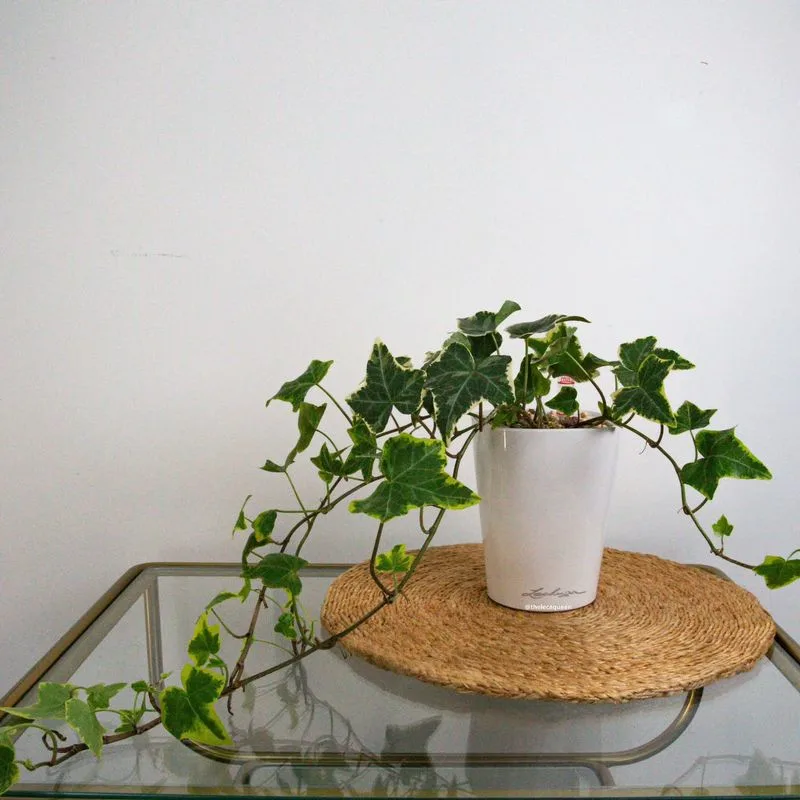
English ivy is the quintessential no-fuss climber. Forget the tag’s guidance on frequent fertilizing and watering; this plant thrives with minimal care. It’s capable of adapting to various lighting conditions, from low indoor light to bright outdoor areas. English ivy is perfect for adding greenery to walls or as ground cover. It grows quickly, creating a lush, green display with little intervention. If you’re looking to cover space without constant attention, this ivy is your go-to. Its ability to thrive on neglect makes it a gardener’s delight.
Jade Plant
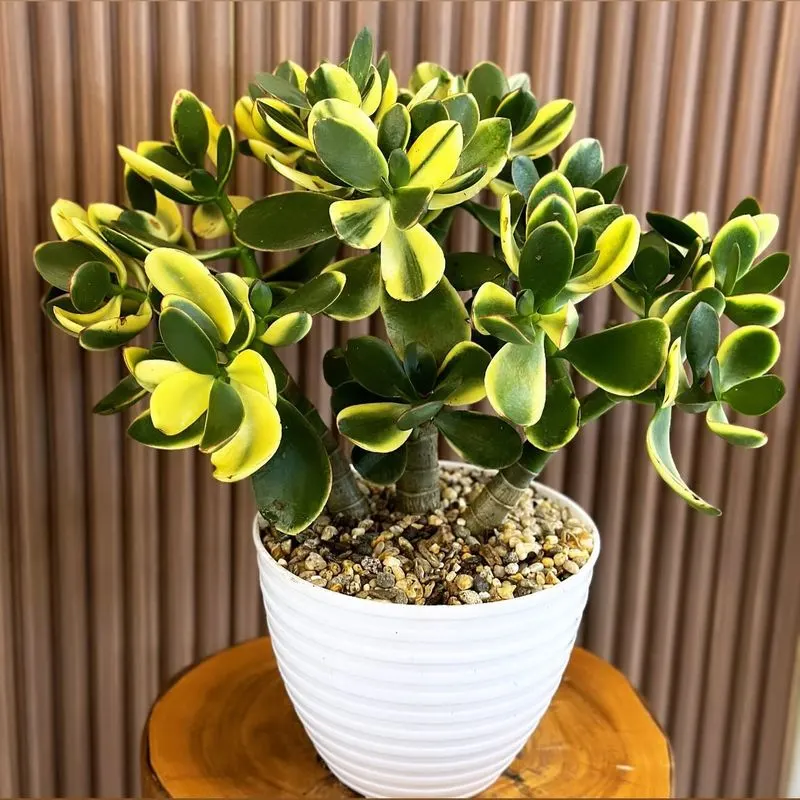
The jade plant’s succulent nature makes it a master of water conservation. This charming plant defies the typical care instructions by thriving with infrequent watering and lots of sunlight. Its plump, glossy leaves store water, allowing it to endure neglect with grace. Ideally placed in a sunny spot, the jade plant can be left alone to flourish. Avoid overwatering, and it will reward you with continuous growth. Known as a symbol of prosperity, it’s both a decorative and auspicious addition to any space.
Rubber Plant
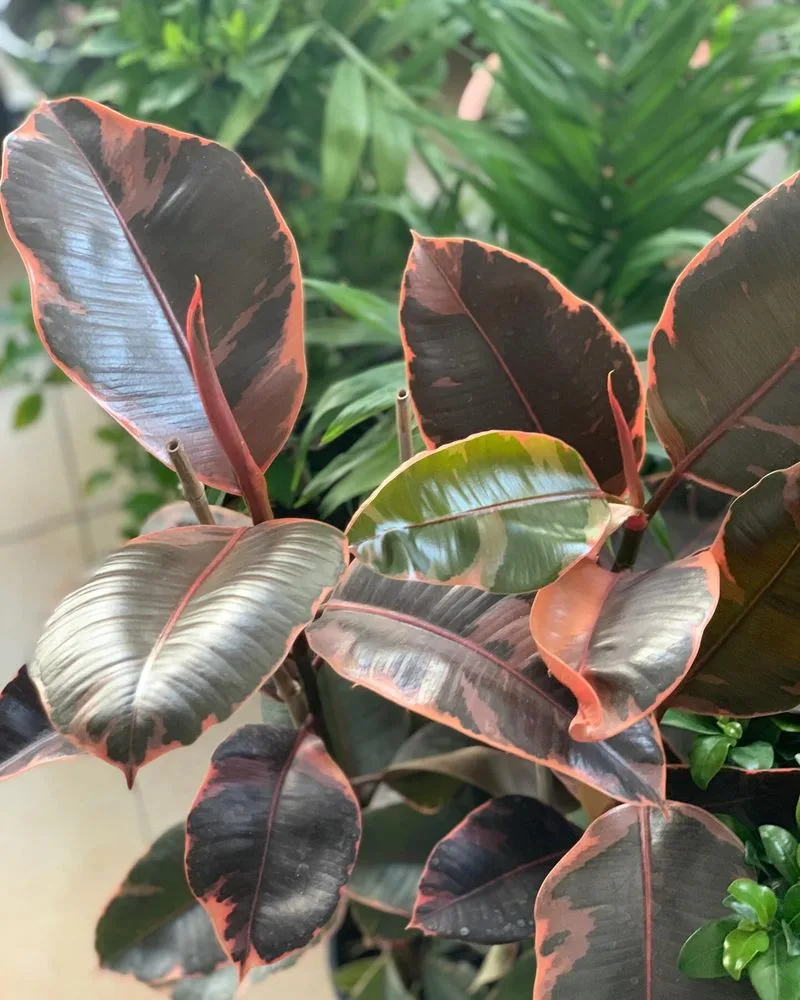
The rubber plant’s striking appearance is complemented by its easygoing nature. While care tags often suggest regular watering and strict light conditions, it can thrive with less regimented care. This plant enjoys bright, indirect light but can tolerate lower light levels, making it versatile for various spaces. Its large, glossy leaves add a bold statement to any room. Water it sparingly, allowing the soil to dry out between sessions, and watch the rubber plant grow robust. It’s a perfect choice for those seeking low-effort elegance.
Succulents
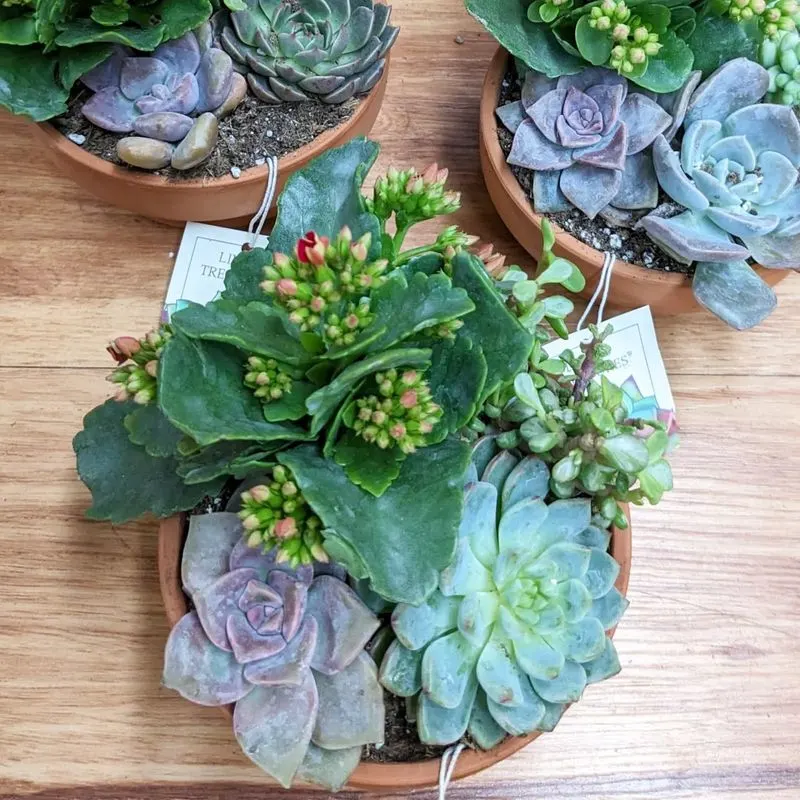
Succulents are the poster children for low-maintenance beauty. Frequently, plant tags advise regular watering, but these plants prefer a more hands-off approach. They thrive in bright light conditions, making them perfect for sunny spots in your home. With their ability to retain water in their thick leaves, succulents endure dry conditions superbly. Overwatering is their nemesis, so it’s best to let them dry out between waterings. Their diverse shapes and colors add visual interest, and their resilience makes them ideal for busy lifestyles.
Fiddle Leaf Fig
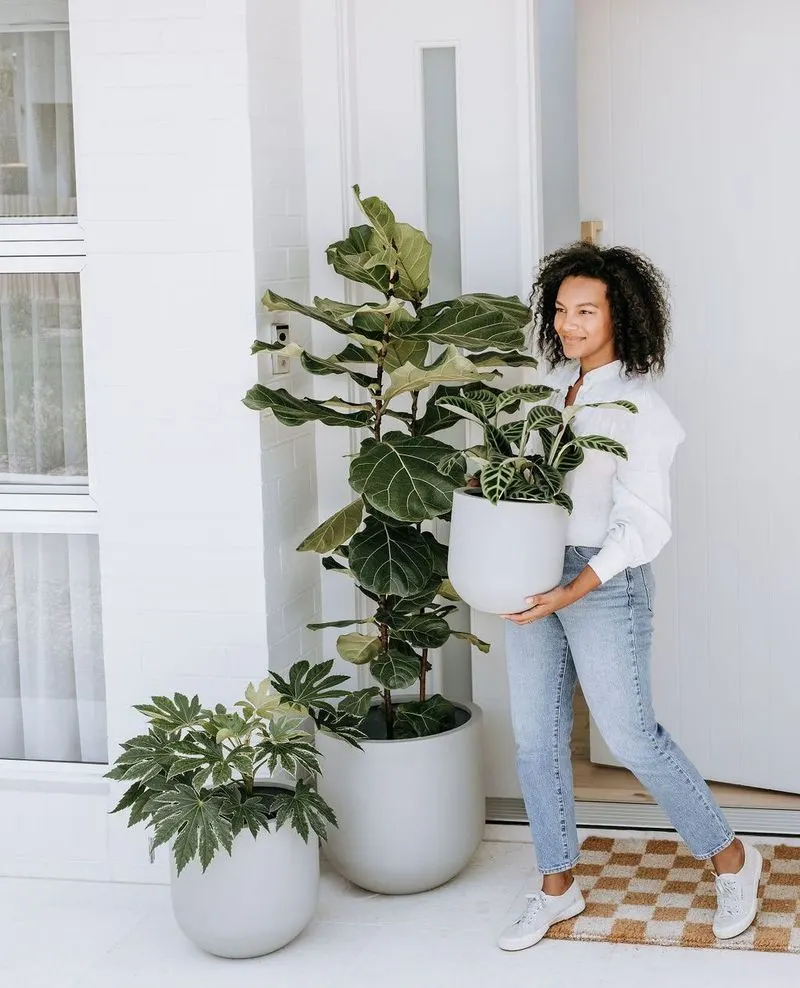
Despite their reputation for being finicky, fiddle leaf figs can flourish when the rules are bent. Care tags often stress perfect lighting and humidity, yet these plants can adapt to less than ideal conditions. They thrive in bright, indirect light but can handle some shade. Water them when the topsoil is dry, rather than on a strict schedule. This approach allows the plant to grow tall and sturdy without constant fuss. With its dramatic foliage, a fiddle leaf fig becomes a striking centerpiece in any room.
Rubber Tree
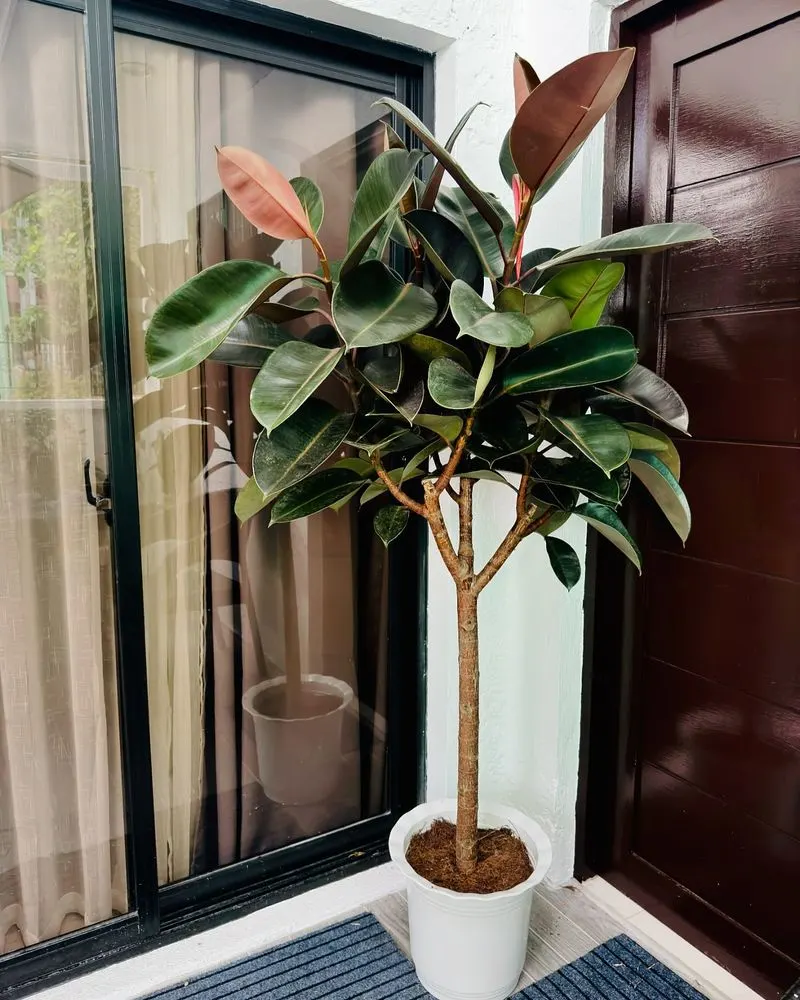
Rubber trees are celebrated for their robust nature and striking appearance. While the care label might suggest specific watering and light needs, these trees are more forgiving than expected. They’re adaptable to both bright and lower light conditions and require less water than commonly advised. Allow the soil to dry slightly between waterings, and they will reward you with continuous growth. With their dark, glossy leaves, rubber trees bring a touch of tropical elegance indoors. Ideal for those who want a statement plant without the intensive care.
Peace Lily
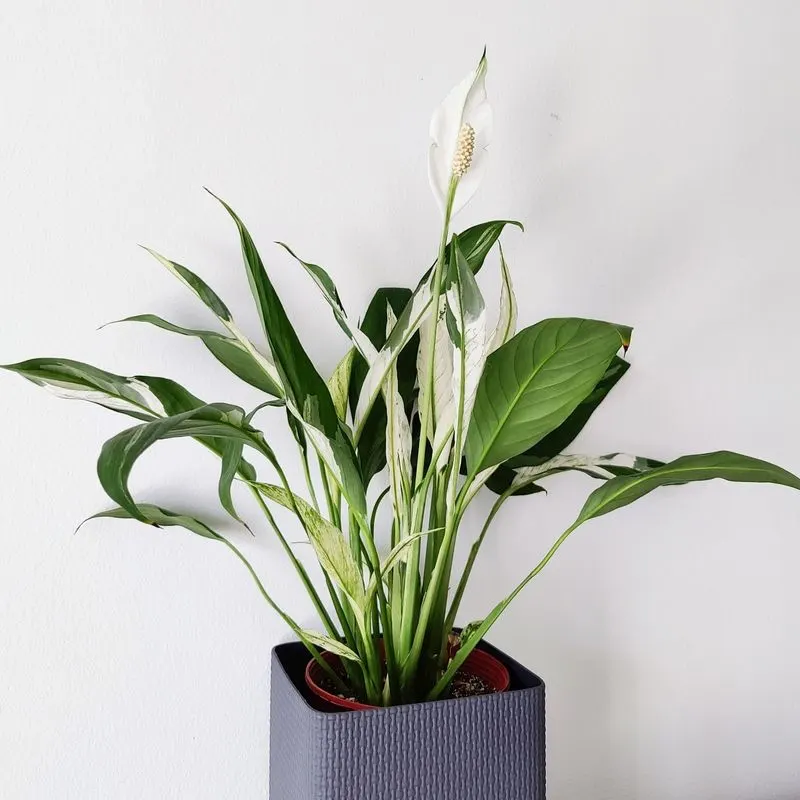
Peace lilies epitomize adaptability and grace. Despite care tag instructions for frequent watering and bright light, these plants excel in low-light settings and can tolerate sporadic watering. Perfect for spaces with limited natural light, peace lilies bloom with striking white flowers against dark foliage. Their air-purifying qualities add to their appeal. A laid-back care routine can result in a flourishing, elegant plant, requiring minimal upkeep. Their forgiving nature makes them favorites in office and home environments alike.
Philodendron

Philodendrons are the epitome of resilience and charm. Contrary to the label’s advice, these plants thrive with minimal fuss. They appreciate low to moderate light and can handle some neglect in watering. Their heart-shaped leaves add a touch of greenery without overwhelming the space. Philodendrons are perfect for hanging baskets or climbing poles, offering flexibility in decor. With their easygoing nature, they make a great choice for anyone looking to add greenery without a stringent care routine. Simply place them where they can spread and grow.
Boston Fern

Boston ferns are known for their feathery fronds and adaptability. While the care instructions may warn against low humidity and irregular watering, these ferns can thrive with a bit of neglect. They prefer indirect light and can handle occasional dry spells. Perfect for hanging baskets, they bring a touch of nature indoors with minimal effort. Allow the soil to dry slightly between waterings, and the fern will continue to grow lush and vibrant. Their forgiving nature makes them a popular choice for busy individuals seeking low-maintenance greenery.

